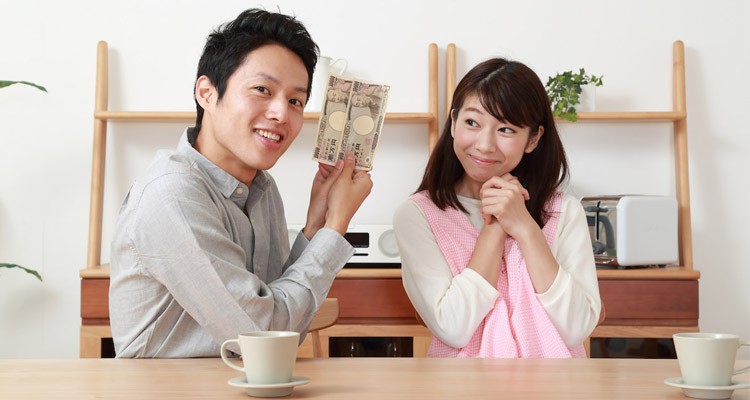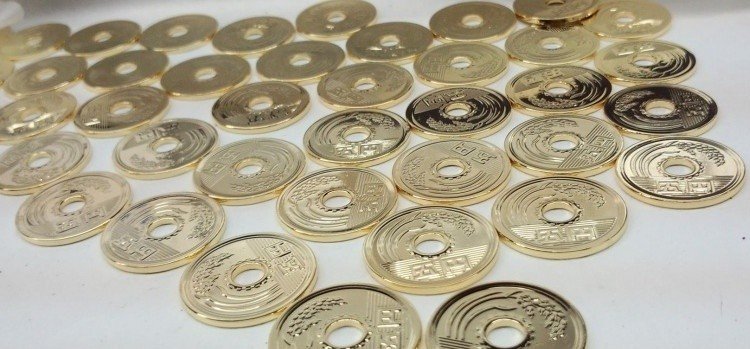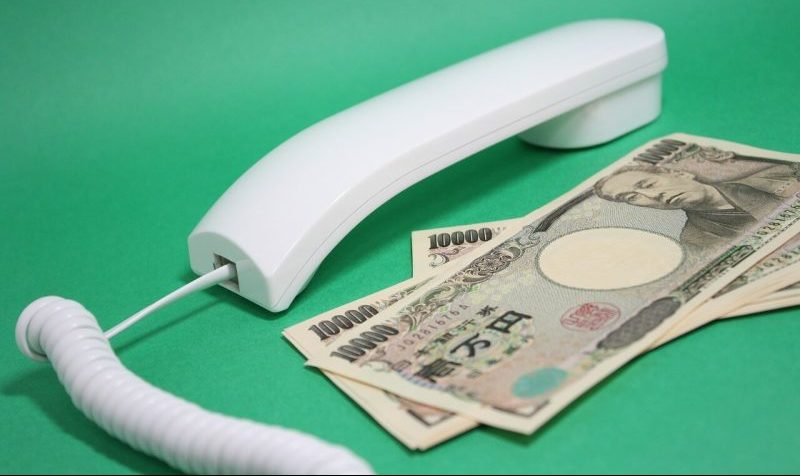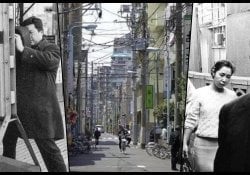Let's face it, making money is not easy for most people. Even more we Brazilians who live in a country in crisis. In addition, it is the country that charges the most tax in the world. Not to mention the low wages and high prices of products. So it becomes almost impossible to save a little money at the end of the month. But that doesn't mean we can't stop trying.
To get to the end of the month with a positive balance requires a lot of effort and organization. Keeping an accurate record of expenses can then be helpful. Many do not like to write down the regular of expenses. Therefore, there are a large number of applications and products that provide this service. But the Japanese use a much simpler and more effective method. This Japanese system is called kakeibo, and it is quite successful.
Índice de Conteúdo
Kakeibo, the art of saving
This method was created in 1904 by a journalist, promising to save up to 35% of salary with simple actions. Basically kakeibo consists of writing everything down so you can easily see what goes in, what goes out and how much we want to save.
The secret to this method is to keep everything written down instead of just in your head. At the beginning of the month, you put all your earnings and fixed expenses on paper. By doing this you know what is left to spend or save. To know how to use the money it is necessary to divide the expenses in basically four different groups. These groups are survival, optional, culture and extras.
The first group listed as survival consists of food, transportation, water, electricity, internet, rent and children if applicable. The second group is the optional, eating out and small, expendable shopping. The group cultural takes into account spending on books, movies, cinemas, concerts, among others. And the fourth and last group the extra, expenses with present maintenance in general of furniture and car, among others.
Doing this in a way forces the person to know where the money is going, allowing for changes and alterations to be made. It also highlights very well all the expenses that can get out of control without being noticed. It is important to keep in mind four questions:
- How much money do I have?
- How much would I like to save?
- How much am I spending?
- How can I decrease my expenses?
It is essential to be as honest as possible with our financial reality. This way we will be able to reach Kakeibo's goal faster.
Key points and tips for Kakeibo
keep an organization, perhaps through notes and a notebook, making it easier to understand. So you can more easily focus and analyze your personal savings. Using the four mentioned groups you define a fixed amount to spend on optional, culture and extra items.
You also have to keep in mind that what you earn per month has to last the whole month. A tip is to start saving around 30 to 35% of your salary. Another one of you forgot to take notes if possible to take notes immediately without leaving it for later. This will help your notes to be continuous and organized. If you focus on setting real goals at the beginning of the month, it will be a good way to stay focused and in control of your plan.
One method that can be used is the envelope tactic. In Japan this method consists of withdrawing money for the week or month and putting it in paper envelopes. Defining values for each of the 4 areas, and what is left over should be saved. on each envelope must be written the sand and the stipulated value. If the value of the survival group runs out, money must be taken from the other three groups not from the saved value.
to save and apply kakeibo requires discipline, organization and effort. but if you really want to save money this method is of great help if applied correctly. What did you think of this method? Do you think you could have control of all your finances? Tell us what you think in the comments and share with your friends.








